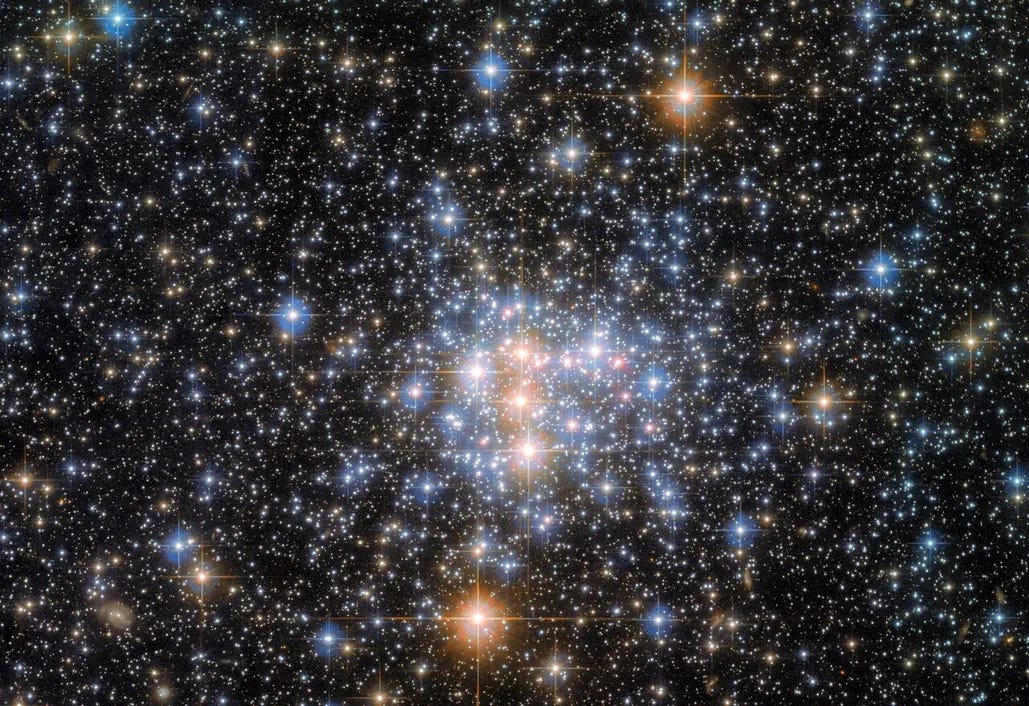Last week, I published a review of astrophysicist Adam Frank’s The Little Book of Aliens. In a nutshell: it is statistically all but impossible that we are alone in the universe; it is very likely that our capacity to develop a global civilization is matched by other species that have managed the same; it is plausible, though we don’t yet understand exactly how it could be done, that some of those civilizations manage interstellar travel in a way that allows for the preservation of a continuous culture across multiple worlds and systems. On the Kardashev Scale, modified forms of which astrophysicists still generally use, a Type I Civilization would be able to harvest the available energy of its home planet; a Type II Civilization, the available energy of its home star; a Type III Civilization, the available energy of its home galaxy. At that stage, we are dealing with beings who would be utterly undistinguishable from gods, lower-case g. Perhaps there’s a hierarchy of cosmic powers where the transition from an enfleshed, or otherwise hard, materially embodied, species to a “spiritually” or energetically embodied one is so slight as to be unnoticeable.
We are not even at Type I: Carl Sagan measured us as being somewhere at a .7. For as far as we’ve come, we remain infants, beginning to stand and grasp the bars of our cradle, and look to the stars shining through our bedroom window.
Keep reading with a 7-day free trial
Subscribe to A Perennial Digression to keep reading this post and get 7 days of free access to the full post archives.




